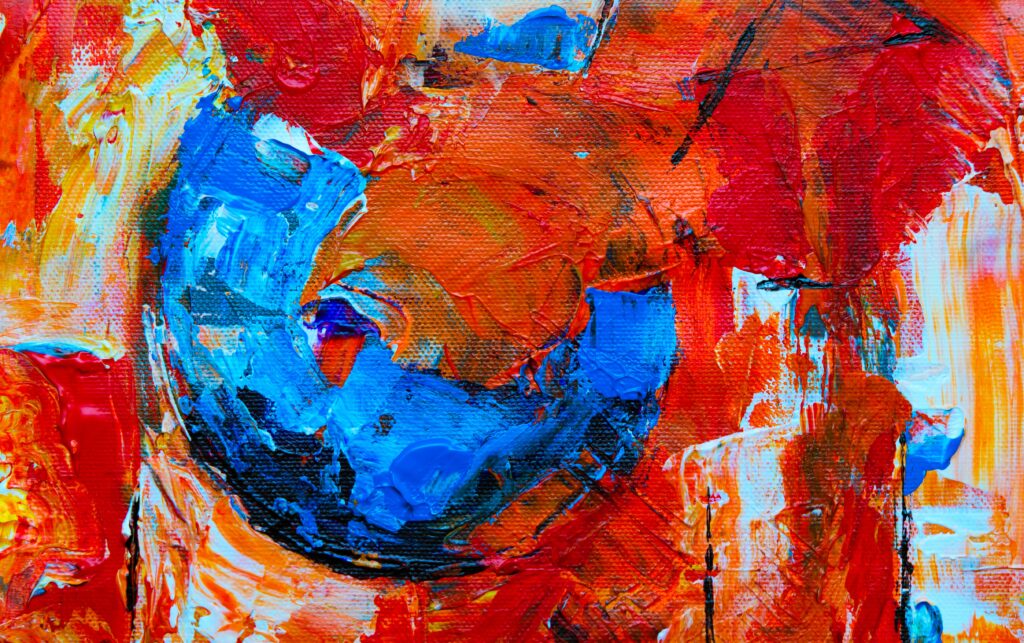To Share is to Show You Care!
Color is one of the most powerful tools in a designer’s toolkit. It can evoke emotions, create a sense of harmony, and bring a design to life. However, incorporating color into a design is not always easy. It requires a deep understanding of color theory and a keen eye for balance and contrast. In this post, we’ll explore the different ways color can be used in the design, and give you tips and tricks for creating stunning visuals that will leave a lasting impact.
Why is color important in design?
- Color plays a crucial role in the way we perceive and interact with the world around us. It can be used to create a sense of depth, highlight important elements, and convey a specific mood or message.
- Color can also affect our emotions and behavior. For example, warm colors like red and orange can be energizing and stimulating, while cool colors like blue and green can be calming and soothing.
- In design, color can be used to create a sense of hierarchy, guide the eye, and make a design more visually interesting.
Tips for incorporating color into your designs
- Understand the basics of color theory: Before you start incorporating color into your designs, it’s important to have a solid understanding of the basics of color theory. This includes understanding the color wheel, color harmonies, and the meanings of different colors.
- Use a limited color palette: One of the most effective ways to create a cohesive and harmonious design is to use a limited color palette. This allows you to create a sense of balance and unity and makes creating a consistent visual style easier.
- Experiment with different color combinations: Do not be afraid to experiment with different color combinations. Try combining colors that you would not normally think of together, and see how they interact.
- Use color to create a sense of hierarchy: Color can be used to create a sense of hierarchy, by making certain elements stand out and others recede into the background. This can be achieved by using contrasting colors or different shades of the same color.
- Use color to guide the eye: Color can also guide the eye through a design, creating a sense of movement and flow. This can be achieved by using color to lead the eye from one element to another, or by using color to create a sense of depth.
- Be mindful of accessibility: Keep in mind that some people may have difficulty seeing certain colors, so it is important to ensure that your designs are accessible to everyone. This includes using sufficient contrast, avoiding low-contrast color combinations, and providing alternative text for images.
Examples of color in design
- Monochromatic color scheme: This color scheme uses different shades of the same color to create a sense of harmony and balance. It is often used in minimalistic designs, where the focus is on simplicity and elegance.
- Complementary color scheme: This color scheme uses colors that are opposite each other on the color wheel. It creates a high level of contrast and visual interest and is often used to create a sense of tension or drama.
- Analogous color scheme: This color scheme uses colors that are next to each other on the color wheel. It creates a sense of harmony and flow and is often used in nature-inspired designs, where the focus is on creating a sense of tranquility and calm.
- Triadic color scheme: This color scheme uses evenly spaced colors around the color wheel. It creates a sense of balance and visual interest and is often used in designs that want to make a bold statement.
Conclusion
In conclusion, a color is a powerful tool that can be used to create stunning visuals and leave a lasting impact on your designs. By understanding the basics of color theory, experimenting with different color combinations, and using color to create a sense of hierarchy and guide the eye, you can elevate your designs and make them stand out. Remember to also keep accessibility in mind and ensure your designs can be enjoyed by everyone. With these tips and tricks, you’ll be able to incorporate color into your designs with confidence and create truly impactful designs that will leave a lasting impression.
The Informed Minds
I'm Vijay Kumar, a consultant with 20+ years of experience specializing in Home, Lifestyle, and Technology. From DIY and Home Improvement to Interior Design and Personal Finance, I've worked with diverse clients, offering tailored solutions to their needs. Through this blog, I share my expertise, providing valuable insights and practical advice for free. Together, let's make our homes better and embrace the latest in lifestyle and technology for a brighter future.

